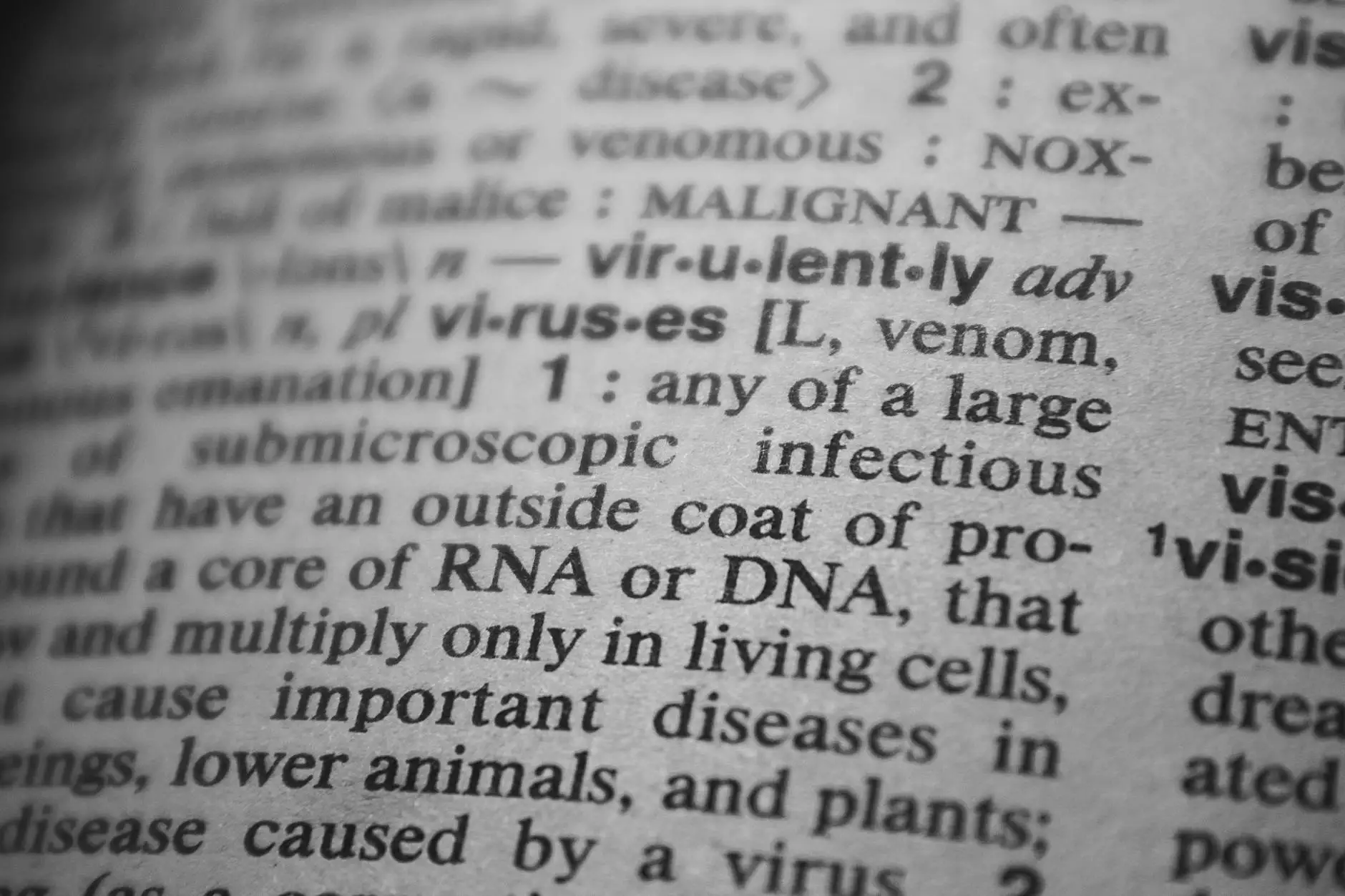361 – 1st vs 2nd Conditional
English Grammar Lessons
Understanding the Differences
In the realm of English grammar, understanding conditional sentences is vital for effective communication. In this article, NJCLT provides a comprehensive breakdown of the differences between the 1st and 2nd conditionals, enabling you to grasp their nuances and employ them confidently in your speech and writing.
1st Conditional
The 1st conditional, also known as the present or real conditional, is used to express an event or situation that is likely to happen in the future based on a specific condition. It indicates real possibilities and outcomes that are within the realm of possibility.
To form the 1st conditional, we use the following structure: "If + present simple, will + base verb." For example, "If it rains, I will stay at home."
It is important to note that the condition in the 1st conditional is seen as probable or likely to occur. This makes it suitable for discussing future plans, predictions, and probable outcomes.
2nd Conditional
The 2nd conditional, also referred to as the past or unreal conditional, is used to express hypothetical or improbable events and their potential outcomes. It discusses situations that are unlikely to happen or are contrary to reality.
The structure of the 2nd conditional follows the pattern: "If + simple past, would + base verb." For instance, "If I won the lottery, I would buy a mansion."
The condition in the 2nd conditional is seen as less probable than in the 1st conditional and often implies a hypothetical situation or a dream that is unlikely to be fulfilled.
Examples of 1st Conditional Sentences
Let's look at some examples of the 1st conditional in action to gain a better understanding of its usage:
- If you study hard, you will pass the exam.
- If she arrives on time, we will start the meeting.
- If they call me, I will answer immediately.
In these examples, the condition is realistic, and the outcome or result is highly probable or expected.
Examples of 2nd Conditional Sentences
Here are a few examples of the 2nd conditional to illustrate its usage:
- If I were rich, I would travel the world.
- If he had more free time, he would take up a hobby.
- If we lived closer, we would visit each other more often.
In these examples, the condition is hypothetical or contrary to reality, and the outcome represents an unreal or improbable result.
Distinguishing Between the Two
Now that we have seen the structures and examples of both 1st and 2nd conditional sentences, let's delve into their differences:
The 1st conditional is used to express likely or probable scenarios in the future, where the condition is real and achievable. It involves events that could realistically occur based on specific conditions.
The 2nd conditional, on the other hand, deals with hypothetical or imaginary events that are unlikely to happen. The condition is contrary to reality, and the outcome represents a dream or an unreal situation.
It is crucial to understand the distinctions between the two conditionals to use them accurately and effectively in your communication. Employing the appropriate conditional structures enhances your language skills and enables clear expression of future possibilities and imaginative scenarios.
Conclusion
In conclusion, mastering the differences between the 1st and 2nd conditionals plays a significant role in communicating effectively in English. NJCLT hopes that this comprehensive guide has shed light on the intricacies of these grammatical structures, allowing you to apply them with confidence and precision in your conversations and writing. Remember, practice makes perfect, so keep honing your skills, and soon you'll be effortlessly crafting accurate conditional sentences in your English communication!




